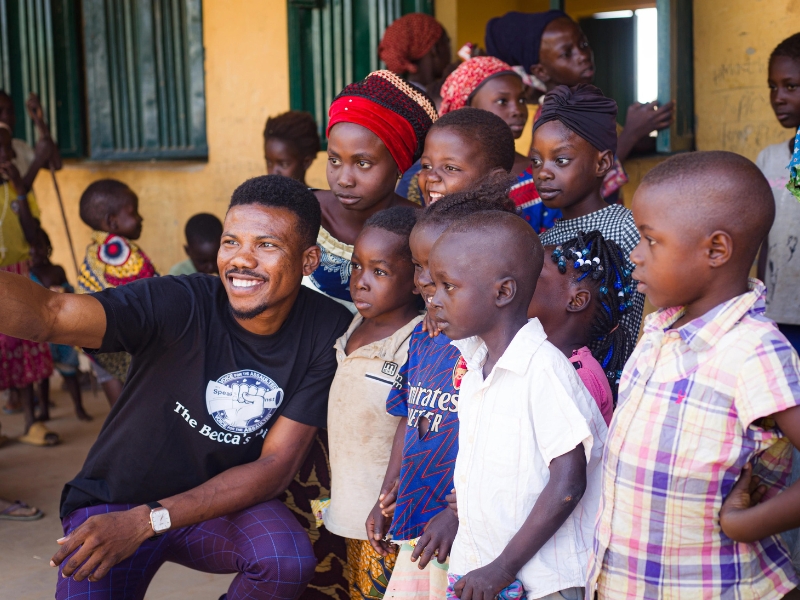In the global effort to end child marriage, involving men and boys as allies is critical for challenging patriarchal norms and promoting gender equality. In this article, we explore the importance of engaging men and boys in this endeavor and examine initiatives aimed at dismantling harmful gender stereotypes and fostering positive attitudes toward girls’ rights and autonomy.
1. Understanding Patriarchal Norms and Their Impact:
Patriarchal norms perpetuate gender inequality and contribute to the prevalence of child marriage by reinforcing traditional gender roles and expectations. In many societies, girls are viewed as inferior to boys and are often married off at a young age to uphold family honor and preserve patriarchal power structures. Engaging men and boys in challenging these norms is essential for creating environments where girls can exercise their rights and make informed choices about their futures.
2. Promoting Gender Equality Through Education and Awareness:
Education and awareness initiatives play a crucial role in promoting gender equality and challenging harmful gender norms. Programs such as Promundo’s “Program H” and CARE International’s “Tipping Point” engage men and boys in discussions about masculinity, gender-based violence, and the importance of respecting girls’ rights. By providing boys with opportunities to critically examine traditional notions of masculinity and power, these initiatives empower them to become advocates for gender equality and allies in the fight against child marriage.
3. Empowering Men as Champions for Change:
Empowering men as champions for change involves challenging toxic masculinity and promoting positive models of masculinity that prioritize respect, equality, and consent. The “MenCare” campaign, launched by Promundo and Sonke Gender Justice, promotes involved fatherhood and caregiving as essential components of gender equality. By challenging stereotypes that equate masculinity with dominance and control, these initiatives encourage men to play active roles in promoting girls’ rights and ending child marriage.
4. Addressing Structural Inequalities and Power Dynamics:
Engaging men and boys in ending child marriage requires addressing underlying structural inequalities and power dynamics that perpetuate gender-based violence and discrimination. Initiatives such as the “Pathways to Change” program in India work with men and boys to challenge discriminatory practices and promote women’s empowerment through community mobilization and advocacy. By addressing
issues such as poverty, lack of education, and limited access to resources, these initiatives aim to create more equitable and just societies where girls can thrive.
5. Fostering Partnerships and Collaboration:
Building partnerships and collaboration among stakeholders is essential for advancing gender equality and ending child marriage. Governments, civil society organizations, religious leaders, and community members all have a role to play in challenging patriarchal norms and promoting girls’ rights. Initiatives such as the “MenEngage Alliance” bring together diverse actors to advocate for gender justice and support grassroots efforts to engage men and boys in ending child marriage.
Engaging men and boys as allies in ending child marriage is essential for challenging patriarchal norms, promoting gender equality, and creating environments where girls can thrive. By challenging traditional notions of masculinity, empowering men to become champions for change, and fostering partnerships and collaboration, we can accelerate progress toward ending child marriage and creating a world where every girl has the opportunity to fulfill her potential. Governments, civil society organizations, and communities must work together to prioritize gender equality and ensure that boys and men are actively engaged in the fight against child marriage.
- Trapped in Fear: Child Marriage and the Shadow of Domestic Violence in Northern Nigeria - August 6, 2024
- The Power of Media Representation - May 23, 2024
- Game On: Unleashing the Power of Sports for Girls’ Empowerment - May 23, 2024





